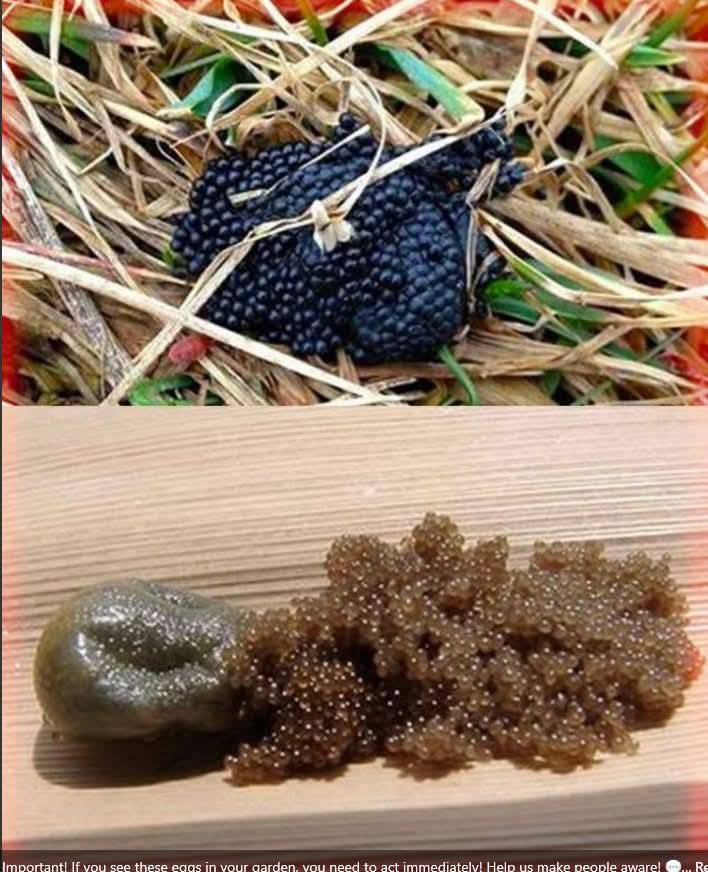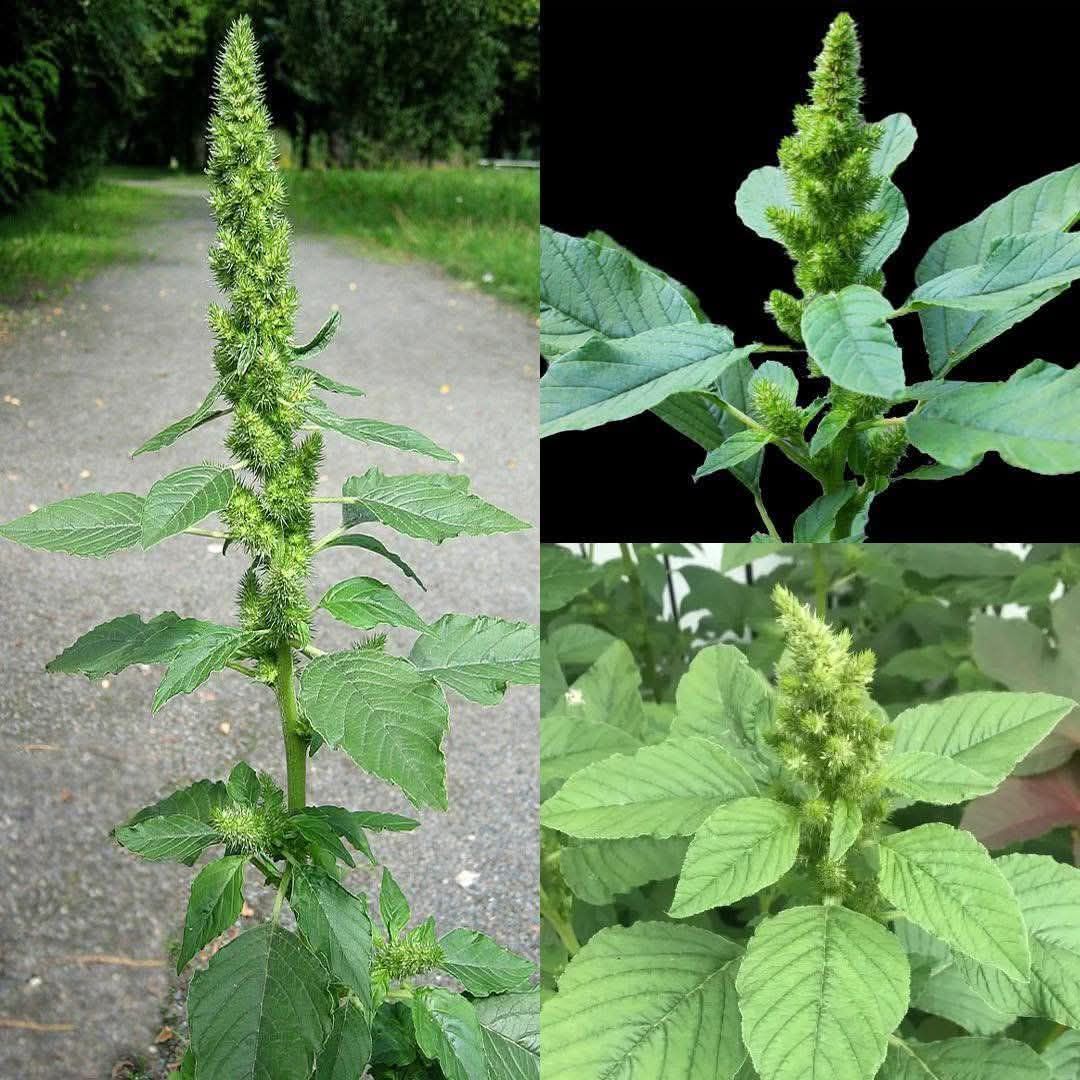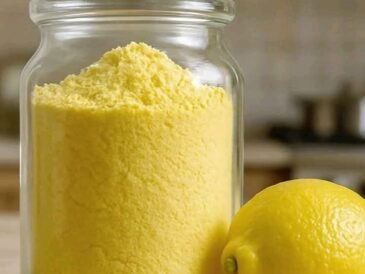Thoroughly rinse your produce. Use a vegetable peeler to remove the skin from the beets and ginger. Chop all ingredients into smaller pieces for easier blending.
🌀 Step 2: Blend
Combine all ingredients in a high-speed blender. Add the filtered water and blend until smooth. Adjust the consistency by adding more water if needed.
🧺 Step 3: Strain (Optional)
Use a fine mesh sieve or cheesecloth to strain the juice for a smoother texture. This step is optional—some people prefer a fiber-rich tonic.
🍋 Step 4: Add Lemon Juice
Lemon not only enhances the flavor but boosts the tonic’s detox power with vitamin C, helping with iron absorption and immune function.
🌿 Step 5: Add Mint (Optional)
For a refreshing taste and additional digestive benefits, stir in a few mint leaves.
❄️ Step 6: Serve
Pour the tonic into a glass and drink immediately to preserve its enzymes and nutrients.
🕒 How Often Should You Drink It?
Frequency depends on your health goals:
- For general detox: 2–3 times per week, ideally in the morning before meals
- For active cleansing: Daily for 7–10 days, followed by a break
- For chronic issues: Every other day (consult a healthcare professional first)
⚠️ Precautions to Keep in Mind
While beetroot is safe for most people, keep these considerations in mind:
- Urine or stool discoloration: Beeturia (reddish urine) is harmless but can be alarming if unexpected.
- Kidney stone risk: Beets are high in oxalates, which can contribute to kidney stone formation in sensitive individuals. If you’re prone to stones, limit intake.
- Medication interactions: Beetroot may interact with blood pressure medications or blood thinners. Always consult your doctor if you’re on medication or managing a chronic condition.
🌍 Cultural and Traditional Use of Beetroot
Across the globe, beetroot has held a place of honor in traditional healing:
- In Ayurveda, beetroot is used to cool the blood, nourish the liver, and support the body after illness.
- In Traditional Chinese Medicine, it’s believed to build blood and strengthen the heart.
- Ancient Romans used beetroot for fever and constipation, highlighting its purifying effects.
Its combination of sweet, earthy flavor and medicinal potency has made it a staple in many traditional diets—from Eastern Europe’s borscht to Middle Eastern beet salads.
🥤 Variations of the Beetroot Tonic
To keep your detox routine interesting, try these versions of the beetroot tonic:
🍍 Tropical Detox Blend
- Replace apple with pineapple
- Add a handful of spinach or kale
- Great for added enzymes and digestive support
🥕 Root Power Blend
- Double the carrot
- Add turmeric root
- Extra anti-inflammatory and antioxidant support
🍊 Citrus Beet Boost
- Add orange juice
- Omit the apple
- Higher vitamin C and immune support
✅ Daily Tips to Support Liver & Kidney Health Naturally
Beetroot tonic works best when combined with healthy habits. Here are a few simple practices:
- Stay Hydrated: Aim for 2–3 liters of water daily to support kidney filtration.
- Limit Alcohol and Processed Foods: These strain the liver. Choose whole, organic foods when possible.
- Exercise Regularly: Movement improves circulation and organ function.
- Get Quality Sleep: The liver does much of its repair during deep sleep.
- Use Herbal Allies: Milk thistle, dandelion root, and nettle tea complement beetroot’s detox powers.
🌿 Conclusion
Beetroot is more than just a colorful vegetable — it’s a natural medicine that gently detoxifies and strengthens your liver and kidneys. With just a few simple steps, you can make a healing tonic that supports your body from the inside out.
Its benefits are backed by both tradition and modern science. Whether you’re looking to cleanse after a period of stress, improve your energy levels, or simply support your overall health, beetroot offers a safe, affordable, and highly effective way to nourish your body.
So, next time you visit the market, pick up a few beets and give your body the healing gift it deserves. One glass at a time, you’ll be nurturing your liver, your kidneys—and your whole well-being.





